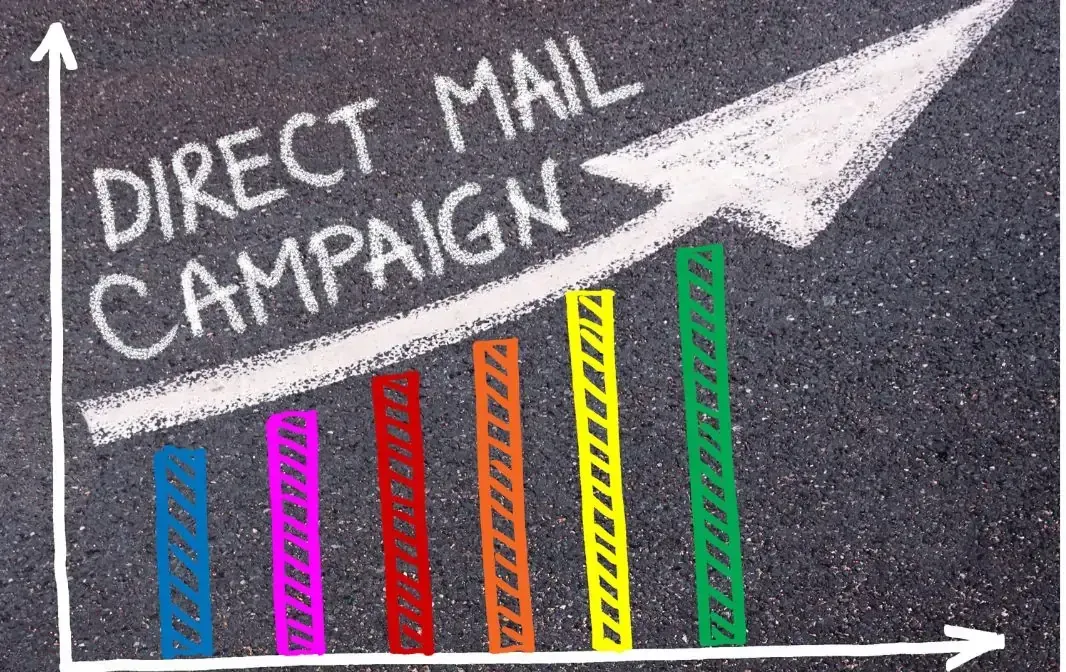How to Target the Right Audience with Direct Mail for Dental Practices

Direct mail is a tried-and-true method for dental practices to engage potential and current patients. But here’s the key: not all mail campaigns are created equal. The difference between success and wasted resources often lies in whether you’re targeting the right audience.
By combining audience segmentation, data-driven targeting strategies, and best practices, you can transform your direct mail campaigns into a powerful engine for patient acquisition and retention. This comprehensive guide will show you how to craft direct mail campaigns that capture attention, spark interest, and drive action—keeping your practice top of mind.
Why Targeting Matters in Direct Mail
Why does targeting matter so much? Imagine sending a discount on pediatric dental cleanings to a retired senior or marketing cosmetic dentistry to someone who primarily needs restorative care. Misdirected campaigns not only waste your resources but can also alienate potential patients.
To make your direct mail campaigns work, you need to deliver the right message to the right people at the right time.
Here’s how you can achieve this through advanced segmentation and data-driven strategies.
Methods for Audience Segmentation
Audience segmentation is the first and most crucial step in designing an effective direct mail strategy. By dividing your audience into meaningful groups, you can ensure your messaging resonates with their specific needs.
1. Demographic Segmentation
Demographics provide the foundation for understanding your target audience. Dental practices can segment by:
- Age Groups
- Children: Highlight pediatric services such as fluoride treatments, dental sealants, and braces.
- Young Adults: Focus on cosmetic dentistry and preventive care to meet aesthetic and health goals.
- Seniors: Emphasize restorative dentistry, such as dentures and implants.
- Income Levels
Tailor services to financial capacity. For example, advertise high-end cosmetic procedures to affluent demographics while promoting accessible preventive care to budget-conscious patients. - Family Status
Families with young children may prioritize convenient scheduling and family-oriented care. In contrast, single professionals might be drawn to smile makeovers or teeth whitening.
2. Geographic Segmentation
Location is a significant factor in choosing a dental provider. Most patients want a practice that is close to their home or workplace. Consider:
- Proximity to Your Office
Target patients living within a 5–10 mile radius of your practice. - Community Trends
Urban residents may value quick, efficient services, while rural communities may prefer personalized care.
Want to see how location impacts your marketing success? Explore local SEO strategies for dentists to understand how hyperlocal targeting can work hand-in-hand with direct mail campaigns.
3. Psychographic Segmentation
Going beyond demographics, psychographics examine values, interests, and behaviors to create a deeper connection.
- Health-Conscious Patients
Promote services like preventive care, orthodontics, and periodontal health management. - Aesthetically Motivated Patients
Highlight cosmetic procedures such as veneers, bonding, and smile design.
Data-Driven Targeting Strategies
After defining your segments, the next step is to use data-driven approaches to ensure your direct mail is precise and impactful.
1. Leverage Existing Patient Data
Your existing database is a goldmine for identifying trends and patterns:
- Appointment Frequency
Re-engage patients who haven’t scheduled a visit in six months or more. - Treatment History
Offer personalized follow-ups. For example, patients who’ve undergone whitening might appreciate reminders for touch-ups or related products.
2. Use Third-Party Data
Partner with data providers like Experian or Data Axle USA to enrich your audience insights.
- Behavioral Trends
Understand lifestyle preferences, such as interest in holistic health or luxury services. - Demographic Profiles
Refine your audience by integrating detailed profiles of potential patients.
3. Implement Predictive Analytics
Predictive analytics helps forecast patient behavior and needs based on historical data:
- Anticipate Treatment Needs
Identify patterns to predict which services a patient may require next. - Optimize Timing
Mail campaigns at times when patients are more likely to act, such as before insurance benefits expire.
Best Practices for Direct Mail Campaigns
1. Personalize Everything
People respond better to content that feels tailored to them. Personalization includes:
- Addressing the recipient by name.
- Offering recommendations based on past visits or behaviors.
- Highlighting location-specific offers.
2. Compelling Calls to Action (CTAs)
A strong CTA directs recipients toward a clear next step. Examples include:
- “Book your free whitening consultation today!”
- “Call us to secure your $50 new patient discount.”
3. Visual Appeal Matters
High-quality visuals can make or break your campaign. Invest in:
- Professional imagery featuring bright smiles.
- Bold, clear typography for readability.
- Durable paper and vibrant colors to stand out in the mailbox.
4. Track Your Results
Tracking ensures you can measure ROI and refine future campaigns. Use:
- Unique Offer Codes: Link responses to specific mailers.
- Dedicated Landing Pages: Encourage patients to visit a specific URL for special offers.
- Phone Tracking: Assign unique numbers to track calls generated by each campaign.
Integrating Direct Mail with Digital Campaigns
Direct mail becomes even more powerful when combined with digital marketing strategies:
- Send an email follow-up to recipients.
- Use QR codes on mailers to direct patients to your website or social media.
- Retarget mail recipients with Google Ads or social media campaigns.
FAQs
Q1: What makes a direct mail campaign successful?
A: Success hinges on targeting, personalization, and offering clear value to recipients.
Q2: How often should I send direct mail campaigns?
A: Consistency is key. Quarterly campaigns or seasonal promotions work well without overwhelming patients.
Q3: Can I integrate direct mail with social media?
A: Absolutely! Pair direct mail with Facebook or Instagram ads to reinforce your message and increase response rates.






















